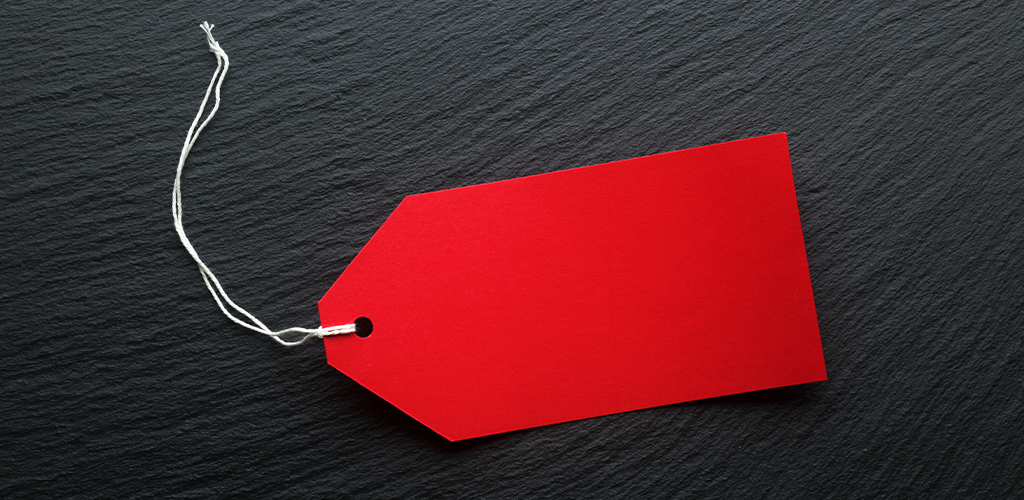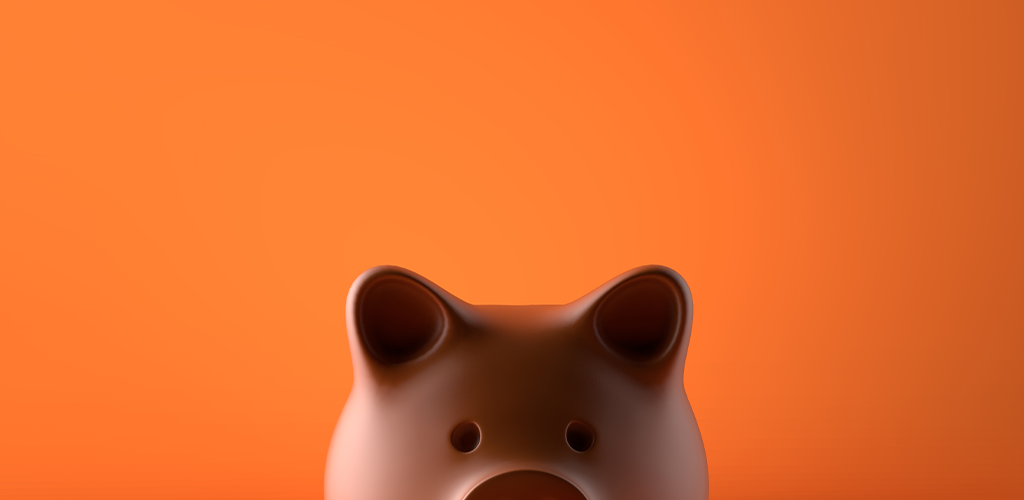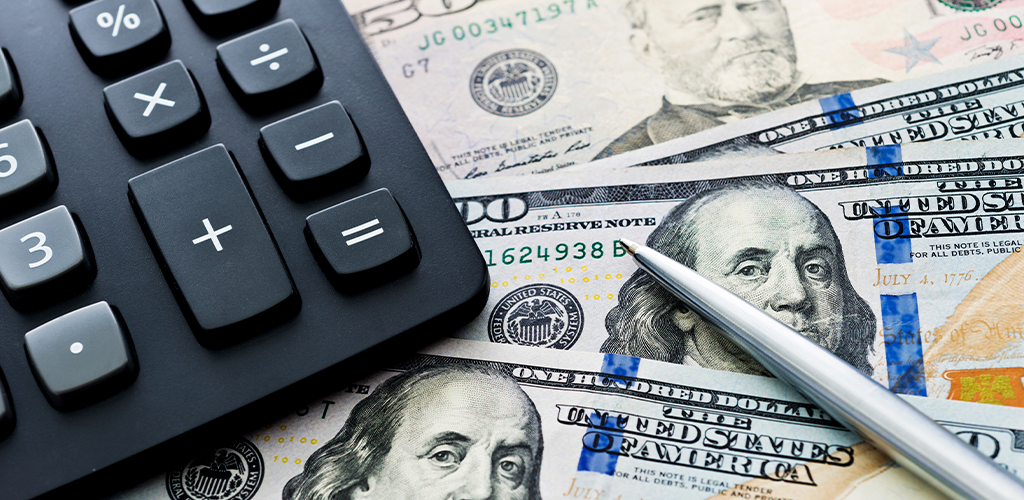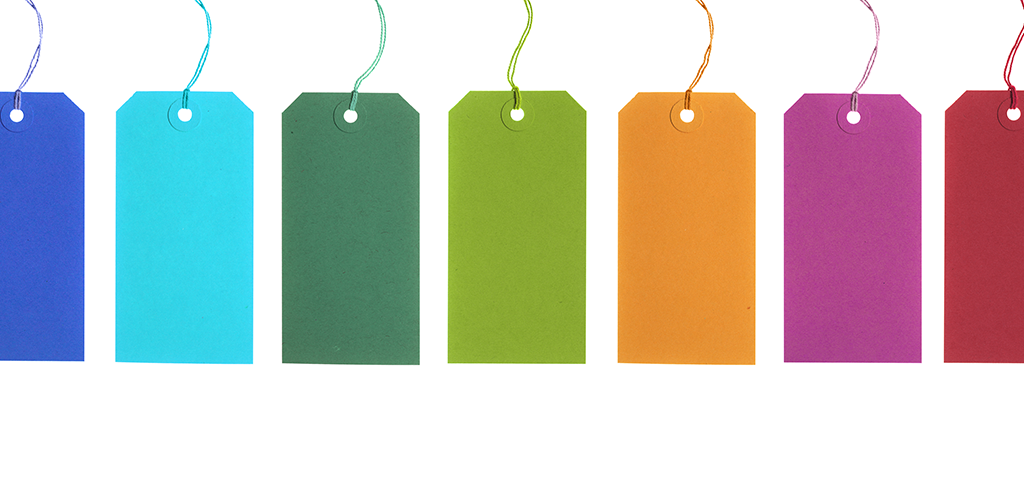A Quick Guide To Learning How to Price Products

Whether you sell jewelry, baked goods, t-shirts, or customized skateboards, you need to know how to price each item right. On the surface, this task seems simple. Choose a product, stick a dollar amount on it, right? However, the job of pricing your goods and services is significantly more complex than this. There’s often a very fine line between the minimum amount you need to charge to make a profit, and the maximum amount your customers will actually pay. Whether you set the amount too low or too high, you run into the same problem: not enough revenue to continue your business. In many cases, actually choosing the right amount to sell your goods and services for may take a few rounds of trial and error based on educated guesses. However, you can help to make your guesses more accurate with this simple guide on how to price products:
- Know the market
- Set a revenue goal
- Calculate your costs
- Use a formula
- Test your pricing
- Adjust as needed
Know the Market

In general, markets are comprised of two groups. The first is the consumers who will actually buy your products. The second is the sellers of an industry. One of those sellers is your own business, and the others are your competition. You must research both sides of the market in order to get a general idea of how to price products in your brand. Ask yourself how your competitors are pricing similar items. How will your pricing compete with theirs? For example, you may be able to price your items lower. However, pricing them too low may actually reduce the trust customers have in the quality of your products. On the other hand, if you must price them higher in order to maintain revenue, how much higher can you go before customers are unwilling to pay that price? The answers to these questions, among others, are key to knowing how to price products.
When it comes to customers, you also need to get a good idea of who they are. You can do this by researching demographics and psychographics, and reaching out to them directly through surveys, focus groups, and more. How does their lifestyle affect their buying habits? What kinds of products are they interested in buying and how much will they pay for them? One of the best statistics to learn about your audience is their income level. Knowing this can help you set prices that are within a reasonably affordable range. Conducting a marketing mix can help you research both your audience and your competitors.
Set a Revenue Goal Before Deciding How to Price Products

Another important element of determining the best pricing for your goods and services is setting a realistic revenue goal. This can help you better understand what to expect when you start selling, and will avoid disappointment down the road. When setting this goal, make sure it’s SMART. SMART stands for specific, measurable, achievable, relevant, and time-sensitive. This goal-setting tactic helps you create focused milestones for your company within a specific time frame. For example, if your goal is to earn a million dollars in profit, but you only earn one dollar per sale, your goal probably isn’t SMART. Not only does it not have a time-sensitive deadline for measurement, it’s less likely to be achievable compared to other revenue goals you can set. However, once you have a clear, SMART revenue goal, you can use it to guide you when deciding how to price products.
Calculate Your Costs

The main goal of any business is to make money. Setting the right prices on your goods and services will help to achieve this goal. But, in order to set the prices right, you have to have in-depth knowledge of all the costs related to selling your products. Costs may be variable or fixed. A variable cost is one that may change for each product sold. For example, the price of each product may be variable. If you sell hand-knit items, the price of a pair of mittens for a child probably differs from the price of mittens for an adult because the amount of yarn used to make each is different. Variable costs also include the time it takes to produce an item, packaging and shipping prices, the cost of promotional materials, and more.
Fixed costs, on the other hand, are ones that don’t change no matter which product or how many products you sell. Fixed costs may include the cost of rent and utilities, salaries, insurance, and more. When figuring out how to price products, you also have to set them high enough to cover your fixed costs, based on a particular number of items sold (for example, if you sell 100 units of a product, it covers the cost of rent).
Use a Formula

There are all sorts of mathematical formulas available to calculate product prices. Let’s take a look at one of the most simple.
- Variable Costs: First, figure out how much each of your products costs individually, based on the variable rates. If you buy pre-made products, you’ll already have a good idea on unit price. If you make your own items, make sure to take into account the price of each material used. For example, if you make cupcakes, you’ll want to know the cost of ingredients per one cupcake, the cost of packaging, time spent, etc. This take may seem like a tedious task but it’s one of the most important for deciding on pricing.
- Profit Margins: Once you know how much your products cost per unit, refer to your revenue goal to decide how much mark up to add to the price. Keep in mind your market research as well, to make sure you don’t inflate prices beyond what’s affordable for your audience. In addition, you have yet to factor in fixed costs so try to add a mark up that will allow you to cover them while still turning a profit. Common markups range from 10 to 50 percent, depending on the product, but some businesses see great success with numbers lower or higher.
- Fixed Costs: Finally, your fixed costs will be paid off with a small portion of the revenue you make from each item sold. Tally up all of your monthly fixed costs to help you determine how many units you need to sell in order to break even.
Once you know all of these numbers (variable cost, profit margin, and fixed costs), you can begin your calculations. Start by determining the cost of your product with the profit margin markup added. Here’s how:
- Step One: Turn your markup percentage into a decimal. For example, 20 percent becomes 0.2.
- Step Two: Subtract the decimal from 1. If you subtract 0.2 from 1, you’re left with 0.8.
- Step Three: Divide your variable costs by the number you came up with when subtracting your profit margin decimal from 1. For example, say it costs you $15 to product a scarf. Divide $15 by 0.8. Your new product price, with profit margins, becomes $18.75.
So, in order to turn a 20 percent profit on a $15 item, you need to charge $18.75. However you then need to factor in your fixed costs. Until these fees are paid, you aren’t able to keep all of the money you earn. In order to do this, you need to determine how many products you need to sell in order to cover your fixed costs. Use these steps to do this:
- Step One: Figure out how much profit you make from a single item. Do this by subtracting the variable cost price from the markup price. For example, $18.75-$15 is $3.75.
- Step Two: Divide the total of your fixed costs by the profit rate. For example, if your fixed costs total $100, divide this number by $3.75. The answer is 27, which means you have to sell 27 items before the profit you earn starts going into your pockets.
Test Your Pricing

All of the formulas and research in the world can’t guarantee that your product pricing will actually work the way you expect it to. That’s why you should test it. You can either open your store up to a small test audience or go for a full launch and see where things stand. Measure your revenue against your revenue goals to see if you’re over, under, or performing as expected. The best thing about pricing your products is that you can change the price as many times as you want or need to, to determine what works best for your business.
Adjust as Needed

Finally, stay abreast of changes in the market, and in your own business. Factors such as changing audiences, increasing competition, and the economy may affect the way you price your products. Keeping your prices fluid to match these changes can help you stay on top of the market for long-term success.
Visit Shopivo and stay tuned for exciting news and updates! Sign up for our emails and stay up-to-date on new developments and features.
